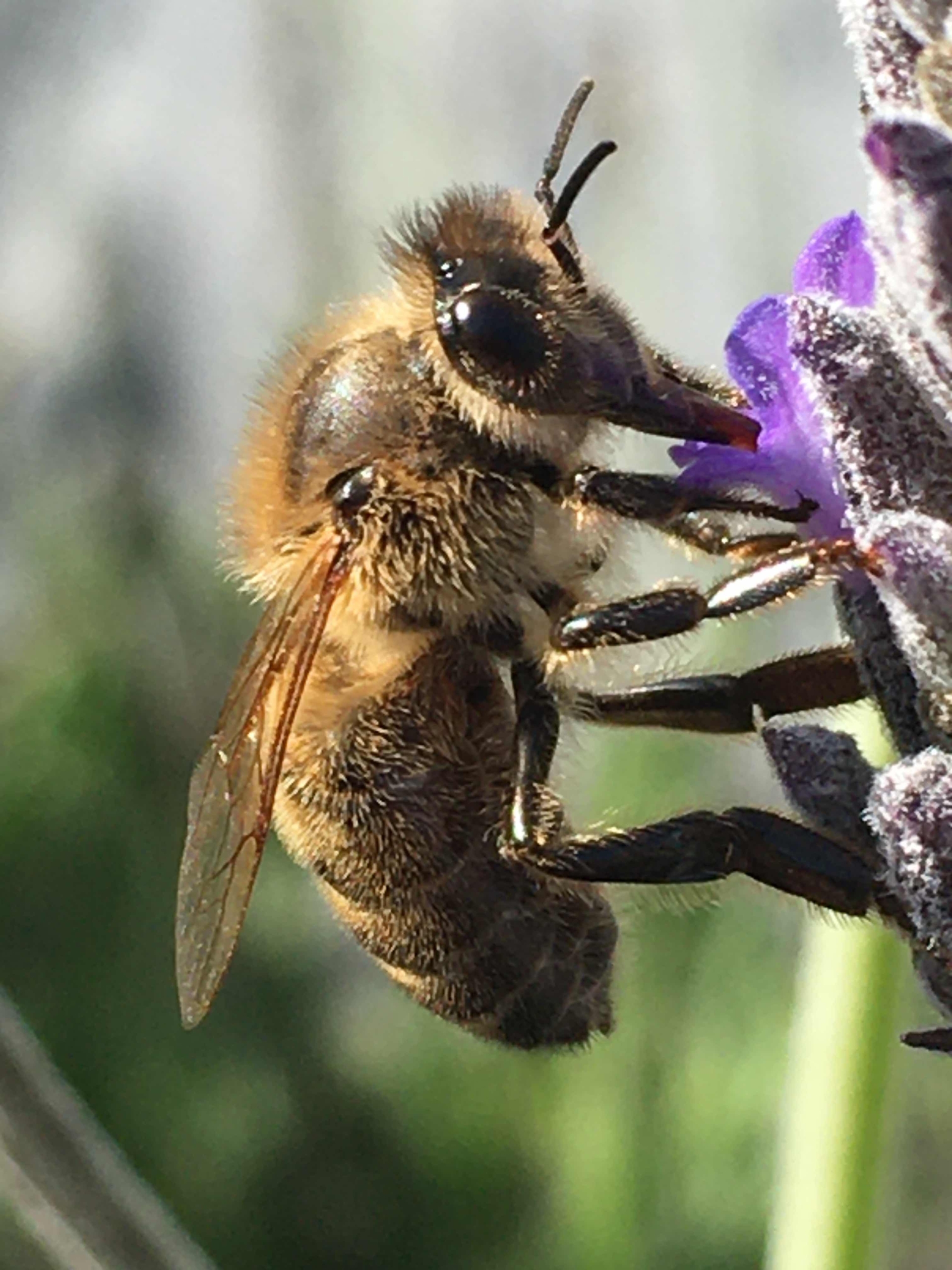*
Gen Zs (<26 year olds) are rescuing and breaking new ground within the queendom of our sistren, the bees.
Honeybees have a remarkably complex language. It includes dancing, headbutting and scaling vibrations. Each intriguing maneuver conveys specific and precise meaning. For example, when honeybees encounter giant Asian hornets their vibrational dialect quickly pulses up the scale. That is, the higher the pitch, the greater the peril.
Honeybees can communicate danger better than any other of the 900,000 or so kinds of insects. That’s why scientists are paying close attention to the bees because they spotlight toxicity within the environment. It’s high time for the lawmakers globally to ban all these deadly nerve poisons that are killing bees and birds, e.g., neonicotinoids, sulfoxaflors, flupyradifurone and chlorpyrifos.

Image Credit: Natural Beekeeping Trust
Would you like to become a bee guardian? If so, consider making a ‘beeautiful’ sun hive. They are large (~8 ft) egg-shaped skeps woven from rye straw. Sun hives mimic a hollow inside a tree trunk left from big, old branches. Bees thrive within sun hives.
Thank you to all our friends at Natural Beekeeping Trust for encouraging these pleasing shelters.
Gen Zs are helping to raise awareness of the importance of bees as our co-planetary partners. Jazlyn Smith, an 11-year-old artist from Albuquerque’s Sign Language Academy, designed the attractive personalized New Mexican pollinator license plates.

Image Credit: Burque Bee City USA via Facebook
Our friends in the ‘Land of Enchantment’ can purchase these new plates for a mere $25 with a $15 annual fee. It will help rewild the roadside habitat with a kaleidoscope of native perennial spring, summer and autumn flowers, vital forage for all pollinators.
Monies raised from the ‘pollinator protection’ license plates will fund the wildflower planting program as well as educational gardens. The state will steward these glorious pollinator-friendly habitats by not mowing or spraying herbicides along roadsides. Kudos to New Mexico Gov. Michelle Lujan Grisham for embracing rewilding and championing a healthy future for insects, birds, waterways and the Gen Zs.
Would you like to become a bee guardian? If so, consider making a ‘beeautiful’ sun hive!
Is a Floridian solitary bee back from the brink, maybe? This summer the ultra-rare metallic blue calamintha bees (Osmia calaminthae) were spotted near Lake Wales Ridge, Florida. These bees hadn’t been seen for years. “We observed a shiny blue bee grabbing and rubbing its head on the top portion of the flower (Ashe’s calamint) 2-3 times,” remarked Florida Museum of Natural History researcher, Dr Chase Kimmel. “We were pretty shocked to see it!”

Image Credit: USA Today
These tiny beauts are one of the most imperiled and geographically restricted native bees in North America. Sightings of our blue sistren in Central Florida are an encouraging sign of survival.

Image Credit: James Dorey
There are at least 20,000 species of bees on the planet and perhaps another 20,000 yet to be discovered. Until recently, it was believed that our buzzing compatriots were 8AM to 5PM workers. Not so according to observations by Gen Z researcher, James Dorey, Flinders University, South Australia. He discovered two Aussie native bees, the nomiine (Reepenia bituberculata) the marked bee (Meroglossa gemmata), that work late into the night.

Image Credit: James Dore
Dorey recorded these wee darlings pollinating during dusk. These bees have enlarged compound and simple eyes, enabling them to conduct their buzzing affairs during the twilight hour within Australia’s tropical north. Are there other bee species with night vision in more arid, subtropical and temperate Austral regions that pollinate on the late shift?
Consider becoming an Earthkeeper by embracing wonder, curiosity, joy, harmony and peace of mind that await you and your family. Simply visit any nearby patch of nature, sit patiently, quietly listen, watch and enjoy nature’s thrilling pageantry.

Image Credit: Reese Halter
*#EarthKeepers
#PollinatorFriendlyGaredns
#NoNeonics
#GenZEmergency
#PlantBasedDiets
#GoVegan
#TheGreatForestCase
•••••••••••••••••••••••••••••••••••••••••••••

Dr Reese Halter is an award-winning broadcaster, distinguished conservation biologist and author.
Dr Reese Halter’s upcoming book is
GenZ Emergency
Tweet @RelentlessReese
•••••••••••••••••••••••••••••••••••••••••••••















